There’s a certain kind of magic that only a veil can offer. The way it floats behind you with every step, catching the light just so. A veil isn’t just the finishing touch – it’s a quiet layer of romance that turns your bridal look into something deeply personal. Whether you imagine something long and dramatic or short and sweet, the right wedding veil can shape the way your whole day feels.
From delicate lace-edged styles to dramatic cathedral-length trails, here’s a look at the different types of veils and how each one creates a mood all its own.
Birdcage veil
For the bride who loves vintage charm, the birdcage veil offers a stylish nod to the past. It sits close to the face, typically covering just the eyes or resting near the cheekbones, and is often crafted from fine netting or French tulle. It pairs beautifully with structured gowns, short dresses and tailored silhouettes, bringing just enough intrigue without feeling overdone.
Blusher veil
Traditionally worn over the face and lifted during the ceremony, the blusher adds a moment of anticipation to the aisle walk. It’s most often worn as a layer paired with a longer veil, though some brides choose to wear it on its own for a simple, romantic effect.
Elbow-length veil
Falling to around the elbows, this wedding veil length offers balance. It adds movement and texture without overshadowing your dress. If your gown is fitted through the bodice or features a defined waistline, this length subtly complements that shape. It’s graceful and classic, but never fussy.
Shoulder-length veil
This shorter veil is light and unfussy, brushing just to the shoulders. It creates a soft frame for your face while keeping attention on your dress, especially if the gown features intricate beading, a bold neckline or unique sleeves. A shoulder-length veil feels fresh, modern and ideal for intimate or less formal celebrations.
Fingertip veil
One of the most popular wedding veils, the fingertip veil exudes an effortless elegance. It typically reaches just past the hips, allowing it to move beautifully without dragging on the ground. This style works with nearly every dress silhouette, from ball gowns to sleek columns.
Chapel veil
There’s a softness to a chapel-length veil that feels almost cinematic as it trails just a touch beyond your gown, creating a gentle sweep across the floor. It’s elegant without being extravagant – long enough to feel dramatic, yet restrained enough for a garden ceremony, a candlelit aisle or a quiet church setting. This wedding veil doesn’t demand attention; it earns it. With every step, it brings a sense of grace that lingers just a moment longer.
Waltz veil
Also known as a ballet veil, this one falls somewhere between the knees and ankles. It’s long enough to feel romantic and flowing, yet still short enough to wear throughout the reception. If you’re dreaming of twirling across the dance floor while your veil moves with you, the waltz wedding veil is a lovely option.
Cathedral veil
Reserved for the grandest entrances, the cathedral wedding veil is all about impact. It extends well beyond the gown’s train and creates an unforgettable silhouette. Ideal for traditional ceremonies and spacious venues, this wedding veil photographs beautifully – every step becomes a statement. If you’re drawn to drama, but in the most romantic way possible, this is the one.
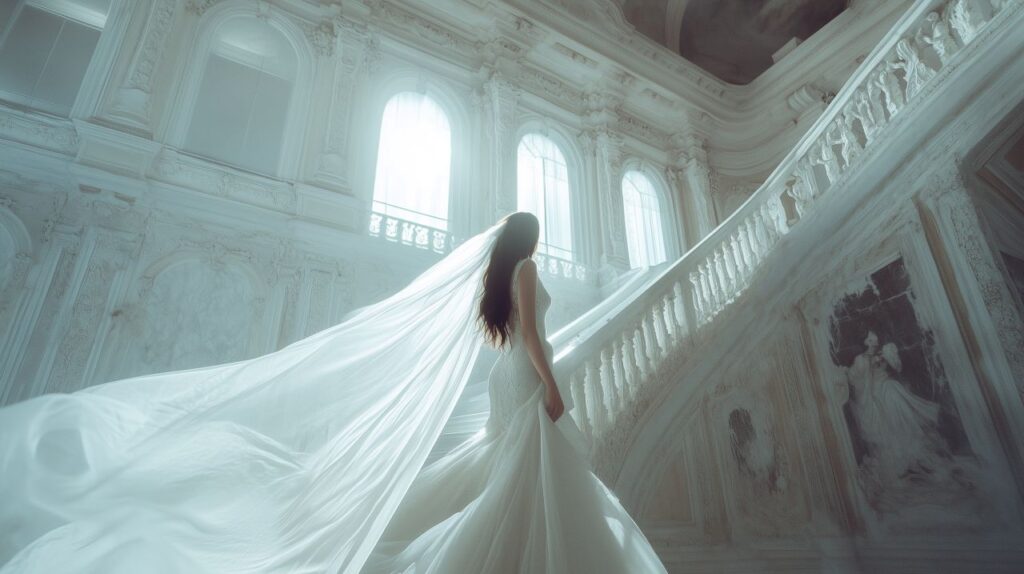
FAQs: Choosing Your Veil
Do I need to wear a veil?
Not at all. While veils have long been part of bridal tradition, they’re completely optional. Your look should reflect your style, not a checklist.
How do I choose the right length?
Consider the shape and detail of your dress, the formality of your wedding and your personal comfort. Trying a few different styles during your fittings can help you find the one that feels most natural.
Can I wear a veil and a headpiece together?
Absolutely. Many wedding veils are designed to work with combs, floral crowns, clips or tiaras. Just be sure they don’t compete for attention – harmony is key.
When should I remove my veil?
That’s up to you. Some brides keep theirs on through the first dance, while others remove them after the ceremony or just before the reception begins. Choose whatever feels right for your comfort and photos.


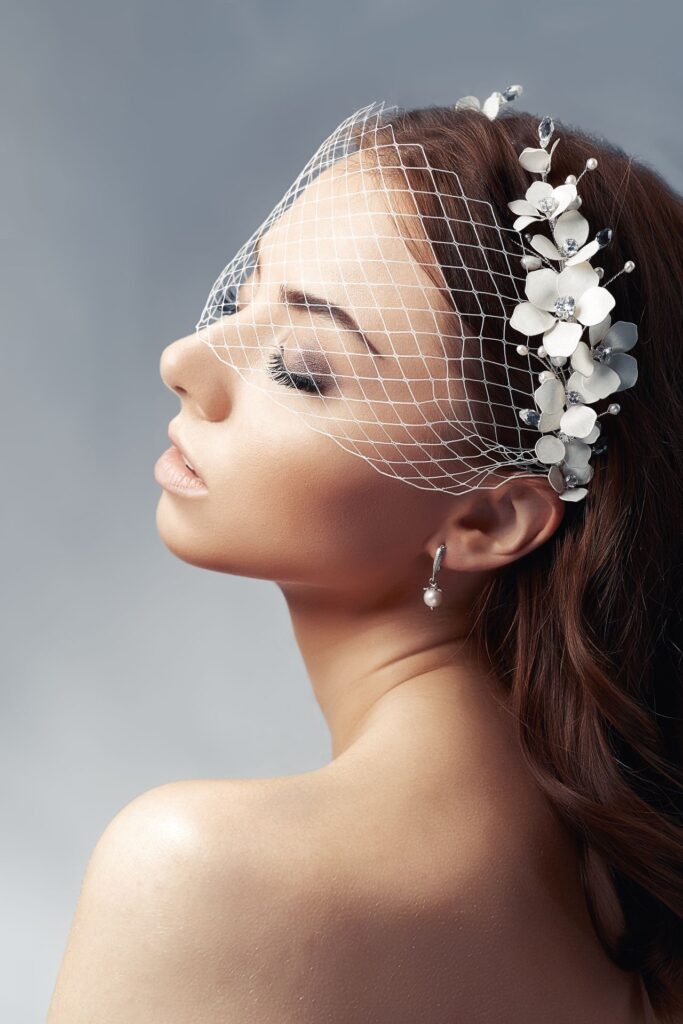
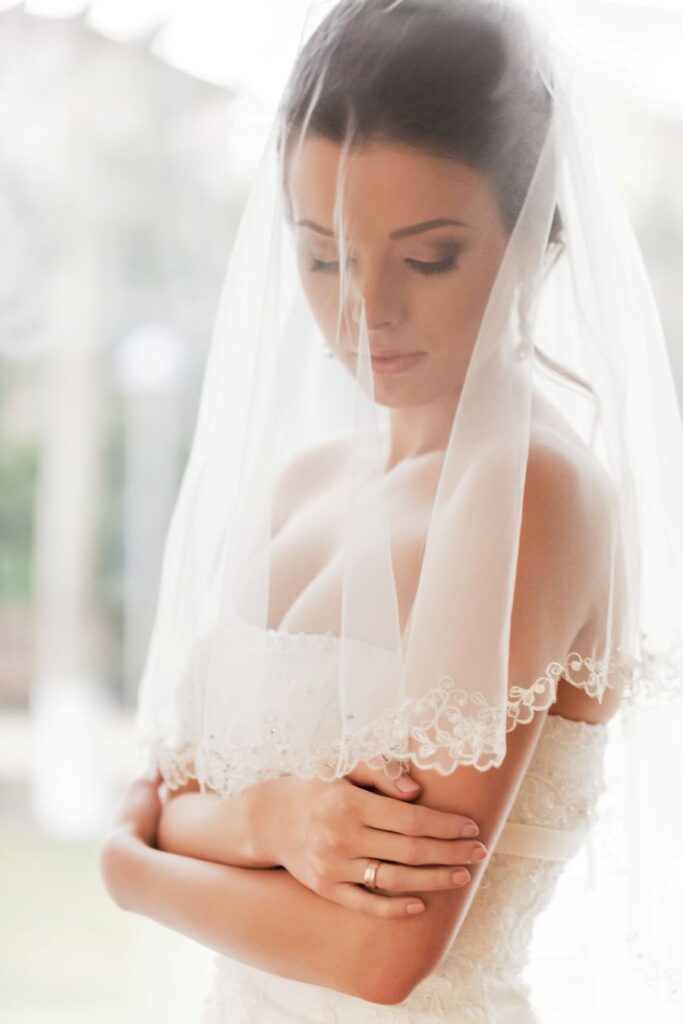

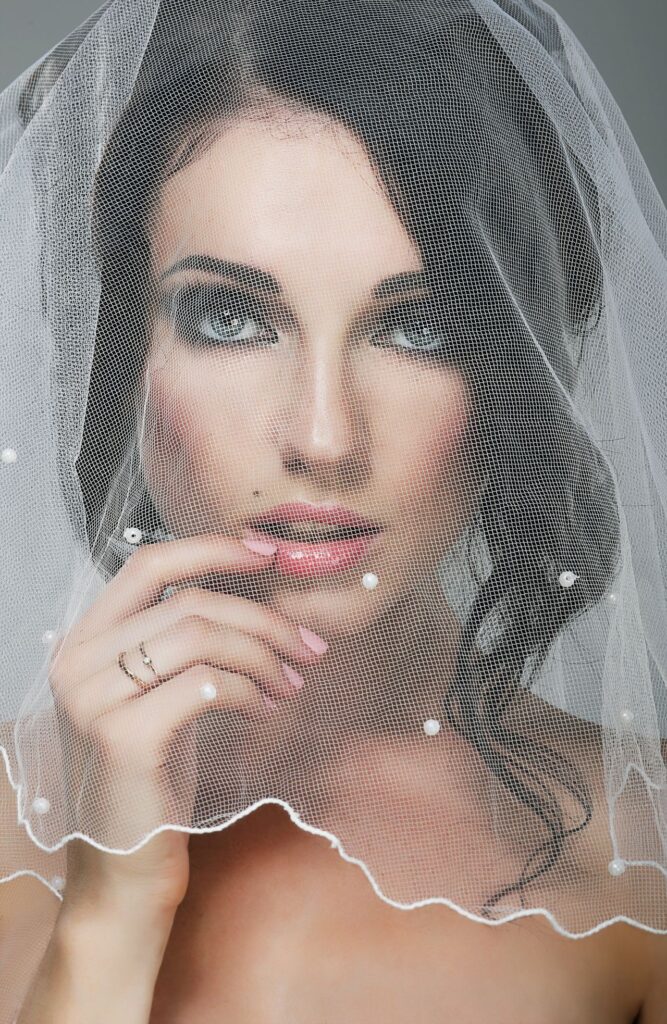
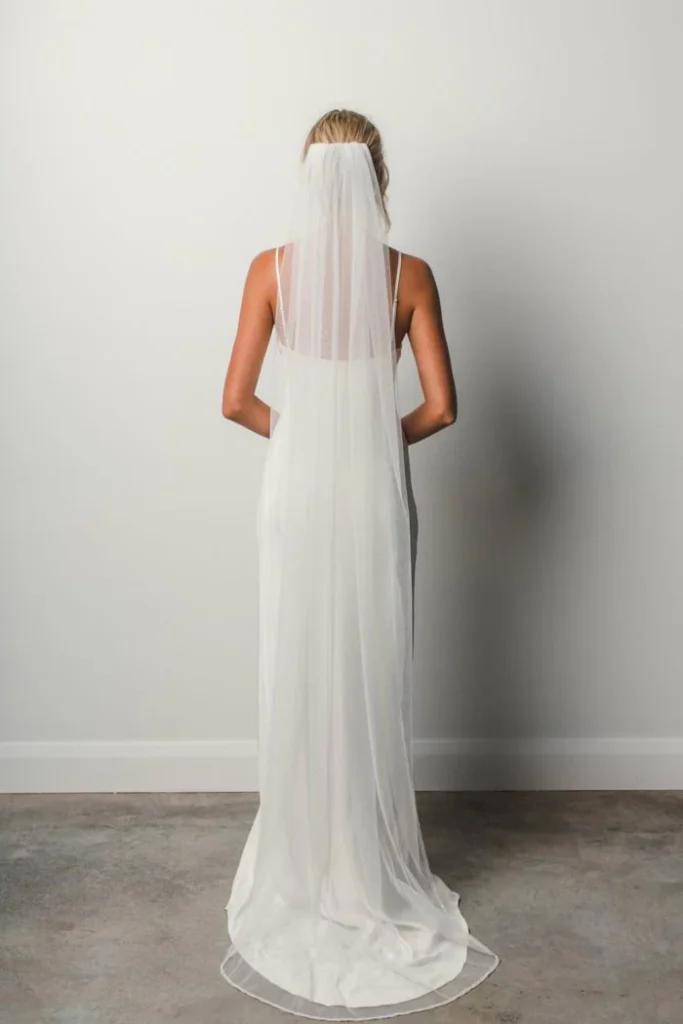
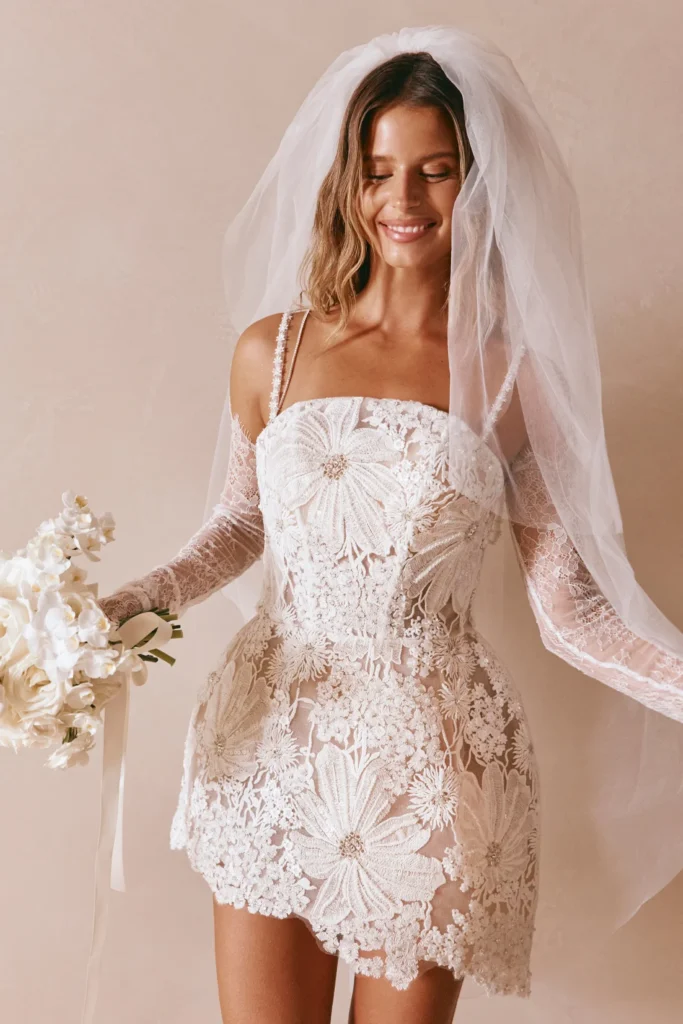




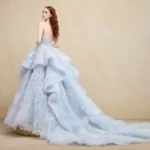
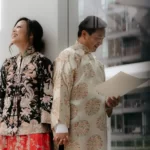

Leave a Reply